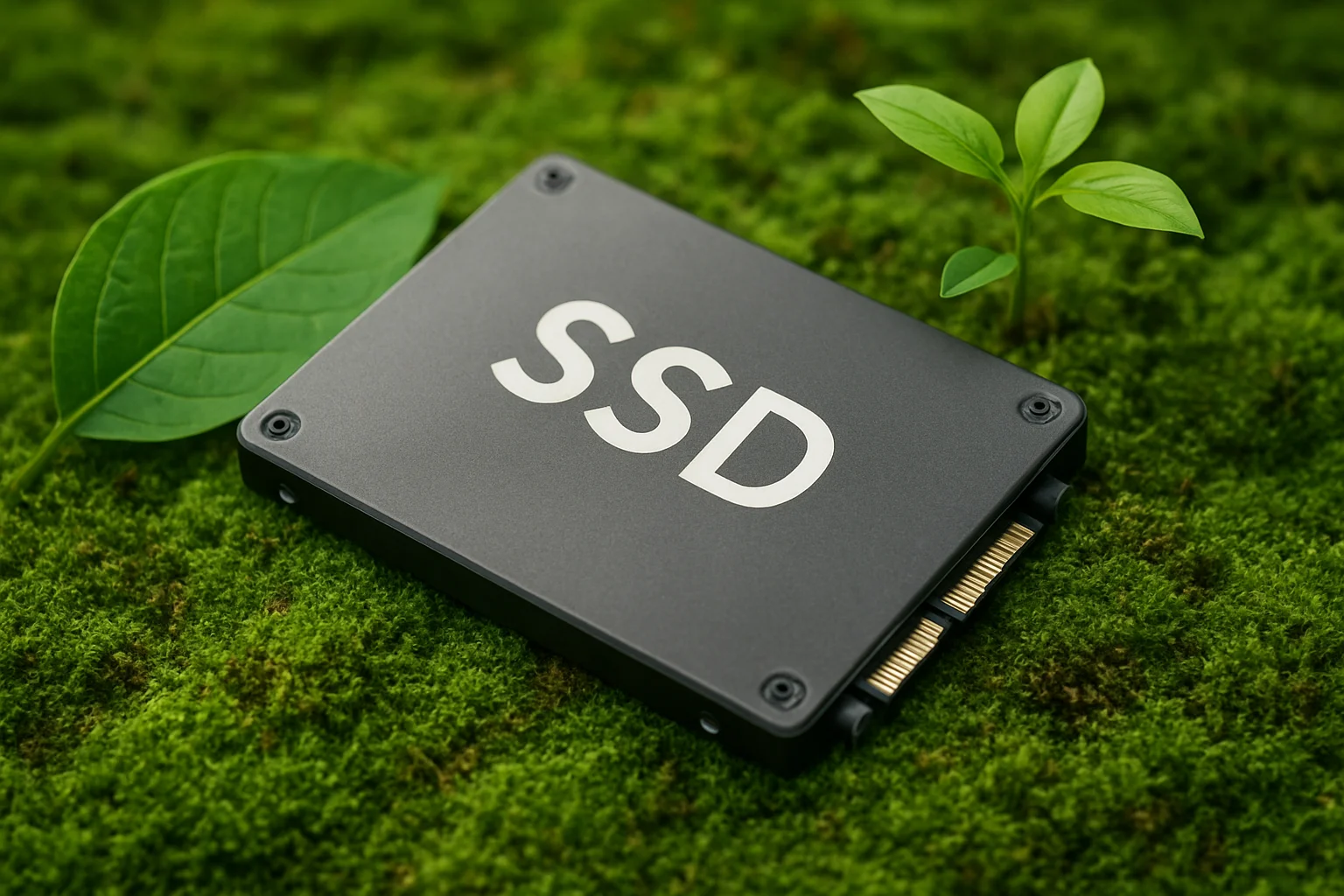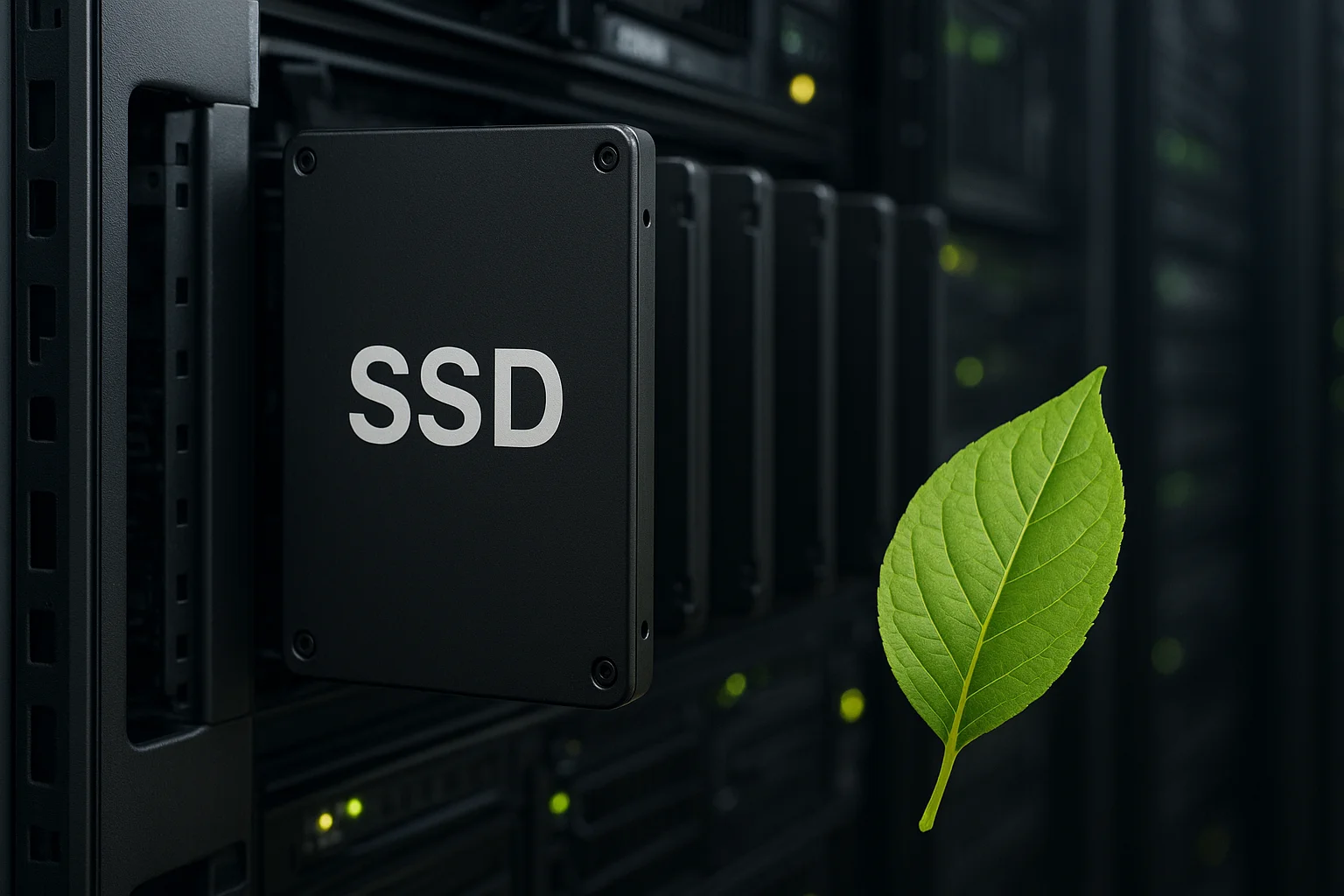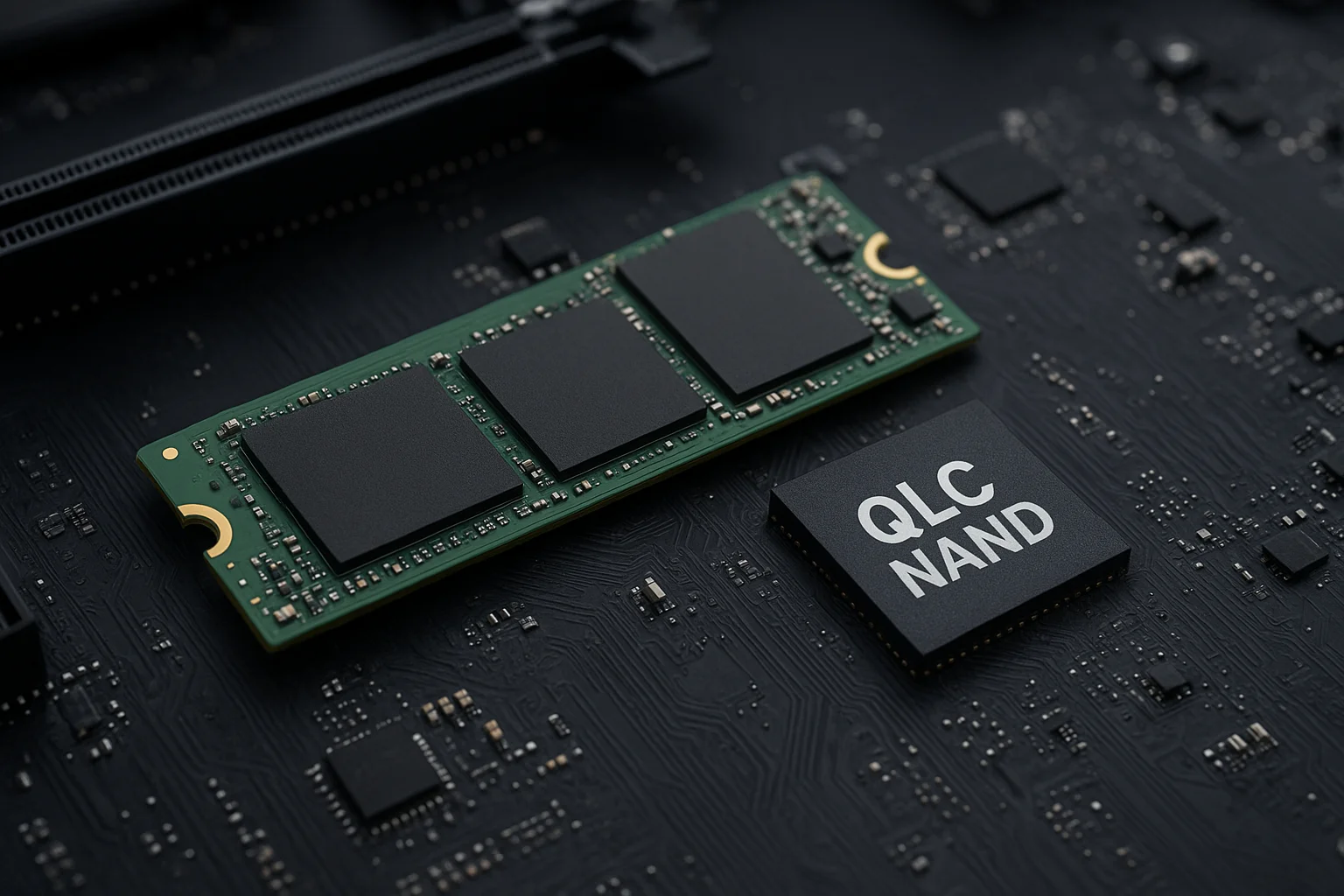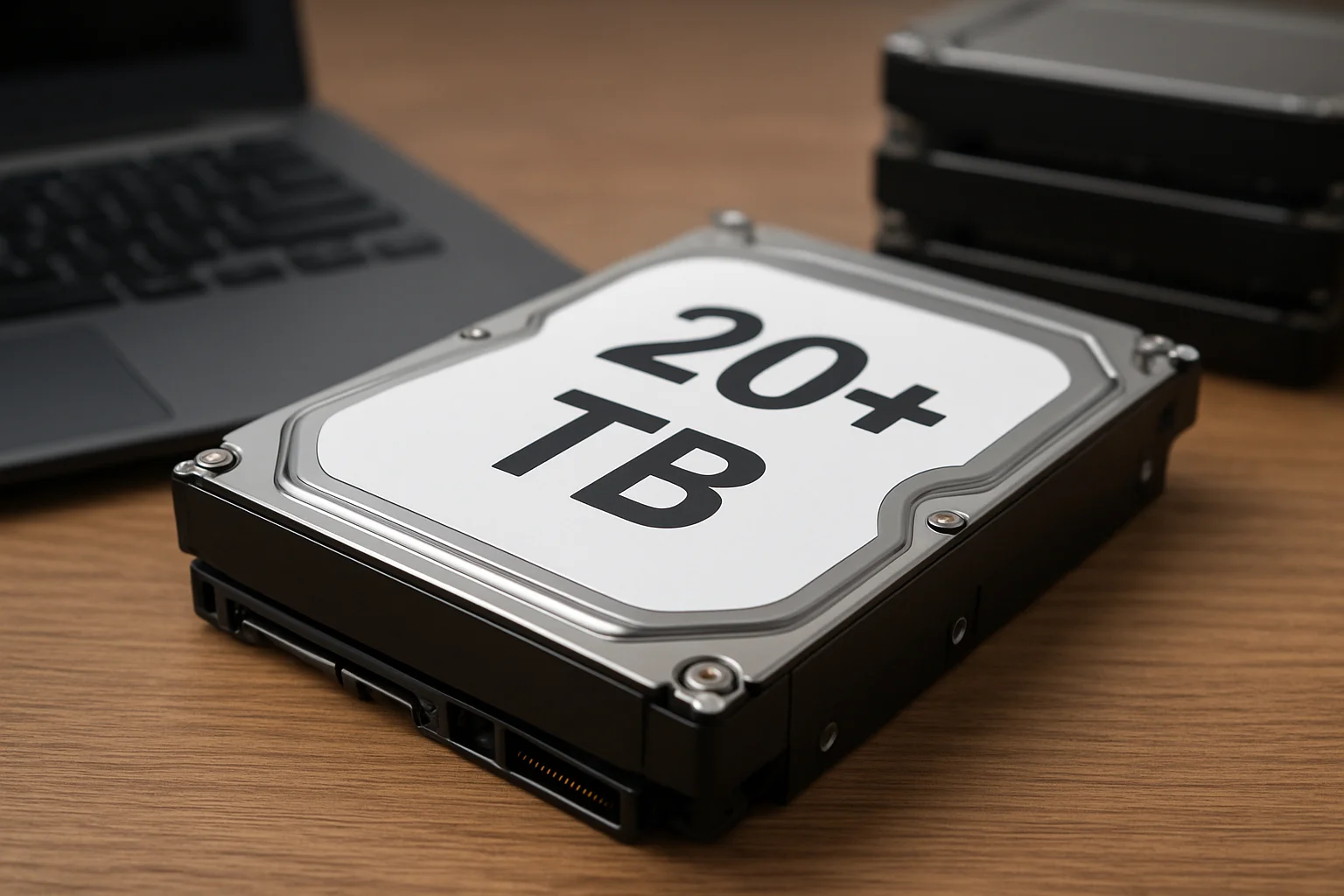From Speed to Sustainability: The Shift in SSD Manufacturing Priorities
Over the last decade the storage industry has started to balance two priorities that once felt opposed: raw performance and environmental responsibility. Where design decisions were formerly driven almost exclusively by latency, throughput and cost per gigabyte, many manufacturers now add carbon intensity and energy use as first-class constraints. This shift is visible in product roadmaps, supplier contracts and R&D budgets: teams that used to prioritize controller clock speed or flash type increasingly evaluate trade-offs against lifecycle emissions and energy per I/O operation.
Practically, this means product managers and engineers are asking different questions during specification: not only "how fast can we make it?" but also "how much energy will this design consume over 5 years of typical use?" and "what materials and processes drive the most emissions in our supply chain?" These questions change choices at every stage, from component selection to factory operation and end-of-life handling. The rest of this article explains concrete approaches manufacturers use and what customers can expect.
Eco-Friendly Materials and Energy-Efficient Components
Reducing the carbon footprint of an SSD begins with the parts and materials. Manufacturers focus on two parallel tracks: swapping to lower-impact materials and improving component-level energy efficiency. On the materials side, this can include lower-metal-content PCBs, reduced use of rare or conflict minerals when alternatives exist, and increased use of recycled plastics or paper for non-technical parts such as packaging.
For component energy efficiency, the key targets are the NAND flash, the controller and the firmware. Modern controllers can implement aggressive power states that significantly lower idle power while keeping wake latency acceptable. NAND choices also matter: different NAND architectures and process nodes have trade-offs in energy per I/O and write amplification.
Below is a practical list manufacturers use to lower material and component impact:
- - Prioritize controllers with multiple low-power idle states and verified power gating.
- - Select NAND with proven lower write amplification for typical customer workloads to reduce write cycles and energy usage.
- - Use lighter, recyclable packaging and minimize packaging volume to reduce transport emissions.
- - Source components with supplier-level environmental data to allow better lifecycle assessment.
Greener Production Lines: Renewable Energy and Waste Reduction
Factory operations and logistics are major contributors to an SSD’s embodied emissions. Manufacturers reduce this impact by shifting energy sources, improving process efficiency and reducing waste streams. Practical initiatives include powering fabs or assembly lines with on-site or contracted renewable energy, optimizing airflow and thermal management in cleanrooms, and recovering waste heat.
Common operational levers include process optimization to reduce rework, more rigorous yield management to lower scrap rates, and improved material handling to cut packaging waste. Companies also pursue supplier engagement to reduce emissions upstream, because a large share of an SSD's footprint typically occurs at the component manufacturing stage.
For product teams and supply-chain managers these actions translate into measurable KPIs:
- - Percentage of purchased electricity from renewables (contracted or on-site).
- - Yield rate improvements that reduce per-unit embodied energy.
- - Supplier emission intensity reductions measured via standardized reporting.
Lifecycle Thinking: Repairability, Recycling, and End-of-Life Strategies
Lifecycle thinking extends responsibility beyond production to use and end-of-life. Unlike many consumer electronics, SSDs are often compact and soldered, which makes traditional repairability challenging. Still, manufacturers can improve circularity through design choices, take-back schemes and by enabling reuse of components where feasible.
Examples of lifecycle measures that are practical and increasingly common:
- - Design for easier disassembly of non-critical components and use of standardized fasteners where repair or refurbishment is expected.
- - Offer buyback or take-back programs so devices are collected and either refurbished or recycled by certified processors.
- - Provide firmware upgrades that extend usable life and improve efficiency, delaying replacement.
- - Partner with certified recyclers to recover precious metals and reduce landfill contribution.
For organizations evaluating SSD procurement, demand transparency on end-of-life: ask vendors for take-back coverage and evidence of proper material recovery. Even small changes—like firmware that reduces unnecessary background writes—can extend drive life and cut the total carbon footprint per useful gigabyte.
Measuring Impact: Transparency, Certifications, and Consumer Awareness
Measurement and third-party validation are essential to turn sustainability claims into credible actions. Manufacturers use a mix of internal lifecycle assessments (LCAs), third-party audits and recognized certifications to document and communicate impact reductions. Transparent reporting helps buyers compare products on more than just speed and price.
Below is a compact table comparing common certifications and reporting frameworks that matter for SSDs and electronics. The table synthesizes what each one signals and what evidence buyers typically expect.
| Certification / Framework | Focus | What it signals |
|---|---|---|
| ISO 14001 | Environmental management systems | Company-level environmental management processes and continual improvement. |
| ENERGY STAR | Energy efficiency (product-level) | Product meets recognized efficiency thresholds during operation. |
| Type III Environmental Product Declaration (EPD) | Lifecycle emissions transparency | Quantified LCA-based emissions across the product lifecycle with third-party verification. |
| TCO Certification | Sustainability and social responsibility | Product-level checks on ecology, social factors and chemical restrictions. |
When assessing vendor claims, prefer products with third-party verified EPDs or audited LCAs and look for supply-chain disclosure (scope 3 emissions reporting) that shows where the majority of emissions occur. Public reporting via platforms such as CDP or annual sustainability reports increases credibility, but concrete, certified product declarations are the most actionable evidence.
Finally, consumer awareness plays a role: manufacturers often include efficiency modes or software tools that allow users to tune performance vs energy. Buyers can take the following practical steps to choose lower-footprint SSDs:
- - Check for product-level energy specs and prefer drives with lower idle and active power for your workload.
- - Ask vendors for an EPD or LCA summary when making procurement decisions.
- - Prefer vendors offering take-back, refurbishment or documented recycling programs.
These measures help turn corporate sustainability into tangible outcomes at the device level and ensure that gains in manufacturing are not lost during the use or disposal phase.
Practical checklist for manufacturers considering 'green' SSD design
The following checklist summarizes practical, implementable steps engineering and procurement teams can adopt to reduce carbon footprints in SSD programs.
- - Integrate lifecycle emissions targets into product requirements early in development.
- - Choose controllers and NAND with proven energy-per-I/O advantages for target workloads.
- - Minimize use of non-recyclable materials and reduce packaging mass and volume.
- - Source renewable energy for assembly and test lines where possible, and track supplier emissions.
- - Publish EPDs or LCA summaries and pursue recognized certifications to support claims.






